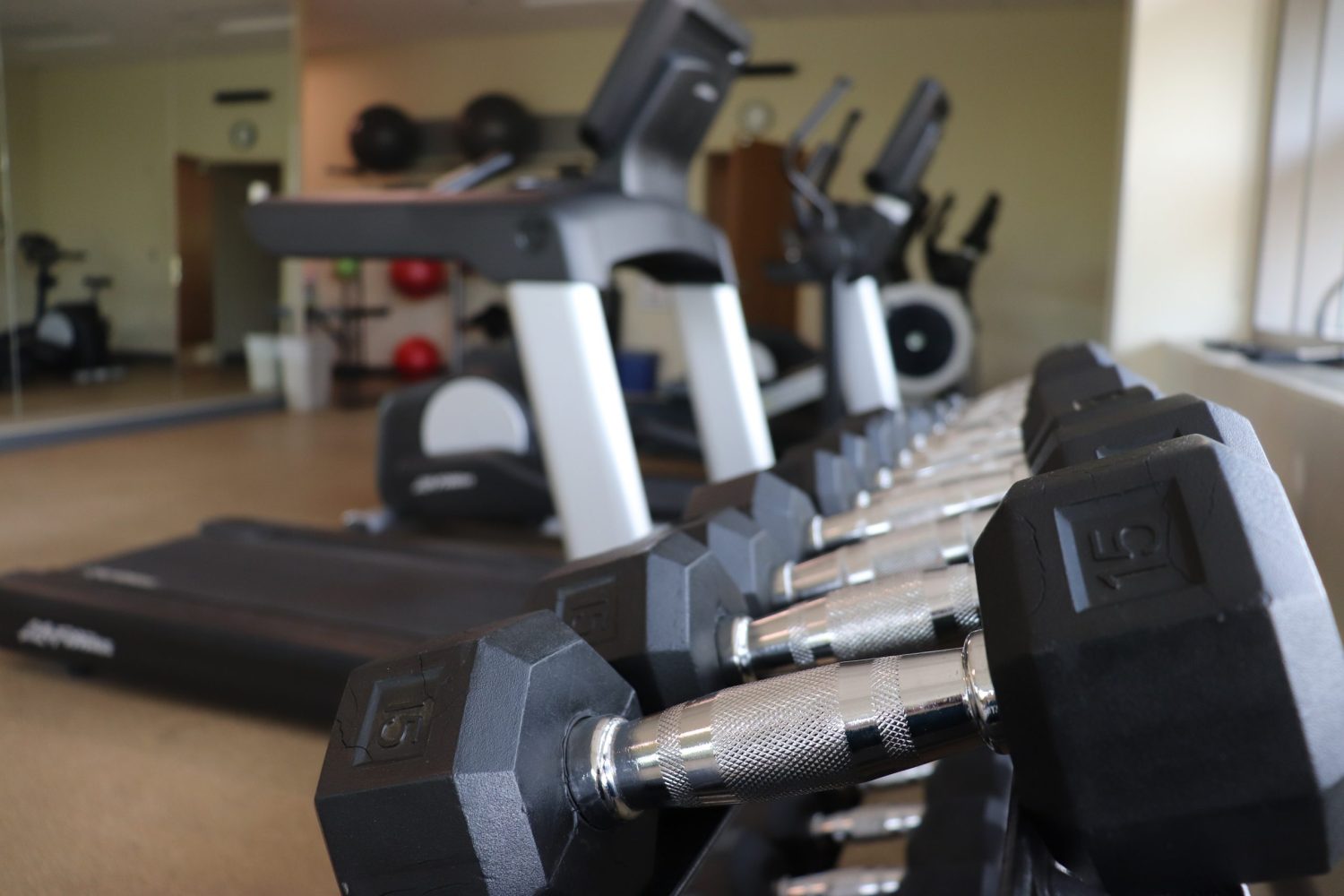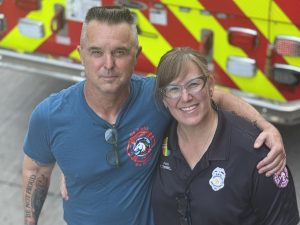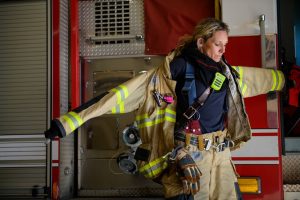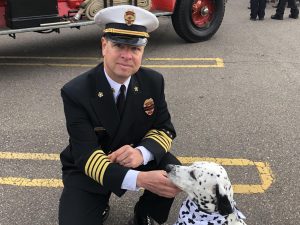Contributed by Paul J. Anderson, M.D.
As firefighters, we’re no strangers to hard physical work. Wearing turnout gear and equipment in extreme heat while dealing with an emergency can push you to your physical limits. In fact, heart attacks are the number one cause of death on the job for firefighters year after year.
Other physical tasks like moving medical patients, some quite large, out of homes or down stairways can tax you physically, or even leave you with an injury. Increasingly, modern fire departments understand that firefighters need to be strong and fit to do the work of firefighting in a way that avoids injury and promotes safety for everyone.
Maybe your department is starting to promote strength and fitness, or maybe you believe that more strength and physical fitness could help you individually as a firefighter. Here are a few ideas to move you forward.
All firefighters need to have a fitness routine running in the background to support their time on duty. Doing nothing and getting out of shape is not a safe option for firefighters, especially as they age.
If you don’t currently have a routine, you’re not alone. According to the CDC, more than 60% of U.S. adults do not engage in the recommended amount of physical activity.
An easy way to kick-start your routine is walking 30 minutes a day for four to five days per week. Find a loop, pick a time, grab a partner and get started.
The bodyweight strength exercises you learned in high school gym class (free squats, sit-ups, crunches, push-ups, pull-ups, etc.) are productive exercises you can also do anywhere. Start easy and work your way up by increasing a few repetitions per week. There are hundreds of 10-minute strength routines on YouTube that you can check out. Here are some more ideas about what you can do to get started.
Interval training is very important for firefighters to train for the intense exertion of a fire evolution. Intervals have you working near your maximum heart rate (Max HR = 220-your age) for two to five minutes followed by an equal period of easy activity that allows you to recover. Then, you work hard again and recover again. In general, an interval workout should contain four to six repeats like this, and can be done on a bike, spin bike, treadmill or stair climber, or you can find a natural environment (a hill, ski trail or stairs) to use for repeat efforts.
Powerlifting is also very important for firefighters, especially multi-joint movements like squats, deadlifts, bench presses and military presses. You want to make sure you learn good technique for these exercises and work with weights that produce stimulus for your muscles and avoid injury. Again, the web is full of programs to help you refine your approach. For technique, take a spin through Juggernaut Training Systems, and for a great power program look up Jim Wendler’s 5-3-1 program.
Interested in diving deeper into the importance of firefighter fitness and nutrition? Check out MnFIRE’s newest training topics and register your department for a free class here.








